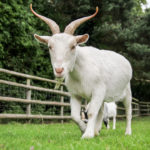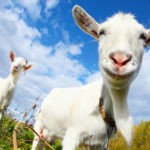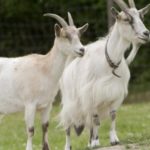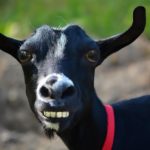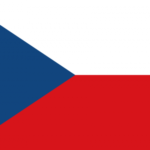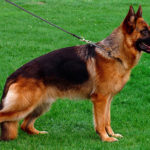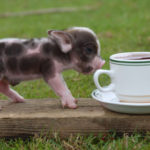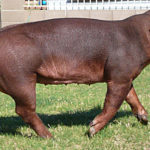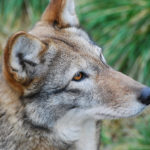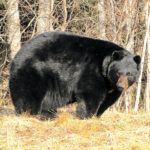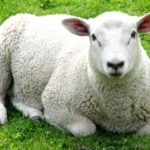Czech goats
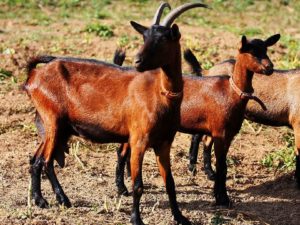 The breed of Czech Shorthair goat was born in the first half of the 20th century as a result of the crossing of white aboriginal and light brown goats. Later it was improved by two more breeds – German brown and alpine brown. It was recognized as independent in 1954. The number of Czech goats is not so large, only 400 thousand, about half of them are on commercial farms, the rest belong to private owners.
The breed of Czech Shorthair goat was born in the first half of the 20th century as a result of the crossing of white aboriginal and light brown goats. Later it was improved by two more breeds – German brown and alpine brown. It was recognized as independent in 1954. The number of Czech goats is not so large, only 400 thousand, about half of them are on commercial farms, the rest belong to private owners.
Thanks to careful selection, most goats do not have horns? due to what care for them is much easier.
Animals have short black and brown hair. In black painted hooves, back, ears and nose. Brown color can vary from light to dark red. The muzzle is slightly elongated and resembles the head of a Doberman to many. The distinguishing feature of the breed is the black triangle behind the ears. And the ears themselves are standing, it makes goats more like dogs.
The average goat weighs about 50 kg, the weight of goats is from 70 to 85 kg. Height 65-75 cm and 70-80 cm, respectively. Czech goats are picky in their food, hardy, feel good in the highlands, tolerate long walks.
Milk has a sweetish taste, density and has no odor characteristic of goat products. Its fat content is 3.5%. The average annual yield ranges from 800 to 1000 kg. Udder record in Czech goats is special: in purebred females it resembles a tightly stuffed silk bag, folds form after milking, and the bag becomes shapeless.
Czech brown goats are distinguished by a lively temper and devotion to the host. They are active and fearless. In the event that someone threatens the herd, it is Czech that rush to the defense. According to the owners, goats surprisingly quickly become accustomed to their own names, understand the commands, and are tolerant of various unpleasant procedures, such as hoof trimming. But it doesn’t do without flaws – in strong heat, goats’ productivity decreases, and because of the color of the gadflies, mosquitoes and other blood-sucking do not allow the Czechs to graze, literally clinging to them.
Breeding, as a rule, does not cause problems. Duration of pregnancy from 21 to 23 weeks. In one litter the Czech gives birth – according to the average of two kids, after a few hours they are already running fast. The case is usually carried out once a year. Another distinctive feature of brown goats is that they do not reduce milk yield and milk quality right up to the birth itself – although, of course, there are exceptions. Sexual maturity comes earlier than in many other species, already at the age of the year. In order to increase milk production, the Czechoslovakia are often crossed with Nubian and Zaanen goats, their offspring increase the performance to 6 liters. Yes, and the physique becomes stronger, so goats rarely get sick.
Czech goats easily tolerate frosts down to -30 due to the developed fluff. By the spring, they molt so much that bare skin can be seen through the fur. In 1999, the breed of Czech goats was included in the register of rare. Recently there has been a large spread.


